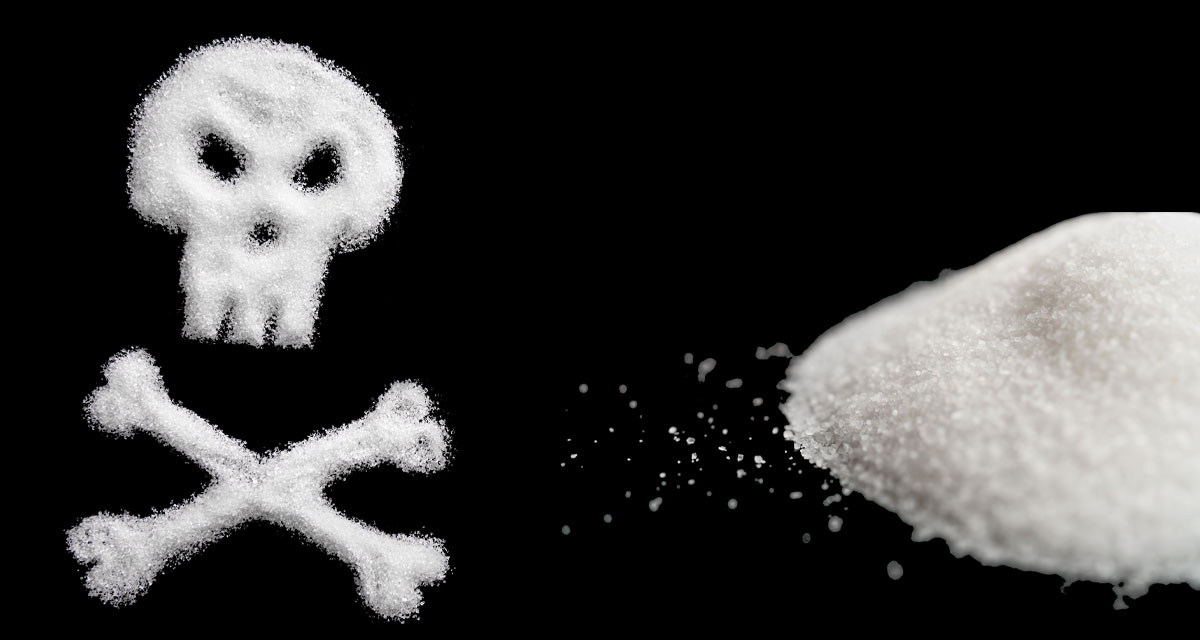How many days include large quantities of sugar? Late- morning snack of half a candy bar, two glasses of iced tea at lunch, a bowl of ice cream, or a handful of cookies in the afternoon, and an endless handful of chocolate from a secret stash! Sugar is often the go-to food to ease stress levels, appease cravings, and satisfy the taste buds. Having a sugar addiction feels like a long-term, toxic friendship that you cannot abandon. Others have shared their excitement in kicking sugar to the curb. No more headaches and stomach discomfort. Their energy levels skyrocketed. Best of all, they didn’t miss the toxic sidekick.
Habits
Start with an honest approach to your dietary habits by recording the positives, the areas of improvement, and the untold secrets. Each week assess your written list and make one change per category.
For instance:
Good Habit: Not skipping breakfast, even if running late.
Bad Habit: Frequenting fast-food restaurants. Solution: Cut fast food meals in half.
Improved Habit: Exercise twice weekly. Change: Exercise three times weekly.
Schedule
Create a schedule that works for you, including a time for healthy snacks. Eating every two hours from 8 AM to 12 PM; then, a snack at 3 PM and dinner at 6 PM may work. When the body eats at particular times, it regulates hormones, sugar, and metabolism levels.
- How often do you have hunger pains after a meal? Do you need to eat more?
- Do you eat a salad as a substitute for a meal?
- Do you pack snacks when working or traveling? Preparedness eliminates the need to spend money on a vending machine or pre-packaged items.
- Do you enjoy drinking infused water? Cucumber water can curb the appetite, making you feel full. Start preparing a pitcher the night before.
- Have you ever made a fruit smoothie? Look for recipes low in calories and carbohydrates and full of vitamins and minerals.
- How often do you consume premade sugar-based drinks? Try to curb your intake of drinks to one per day, including wine, beer, and cocktails.
Each day, write down all foods consumed. It will provide a visual to assess the day. The accrued information is a practical resource to help you plan how to go forward.
Promises to Keep
Only you can commit to this endeavor. Just remember to be kind to yourself! Ask your spouse, partner, or best friend to join you. With support and encouragement, you’ll have a successful experience!
- Day Zero: You may experience feelings of anxiety and fear, and excitement as you record goals and a menu for the week.
- Day One: Think positively! If you need reminders, write them down on post-it notes. Be positive and encouraging!
- Day Two: You’ll think to yourself, “This isn’t so bad! I can do this!
- Day Three to Five: Yes, you created a schedule, honestly assessed your day, and planned for the week. You’re not alone. Everyone feels the sway, questioning the worth of the end result! It’s still early in the dietary transition.
- Days Seven to Nine: You’ll start getting the hang of your new diet and habits! Do you feel great? Sleeping better? You’ve got this!
What are the Yes Foods?
Summer is the ideal time to detox from sugar in your system. Farmer’s markets and stands on the roadside offer a whole host of fresh produce and fruits. Everything grown in the ground or from a shrub, vine, or tree is an absolute yes!
Consider limiting the following for three-weeks:
- Added sweeteners: Avoid all naturally-based foods, such as Stevia, honey, and fruit juice; all products listed as sugars and syrups; and all artificial sweeteners like aspartame, saccharin, and sucralose.
- All starches, bread, and grains.
- All store-bought condiments, especially salad dressings and sauces.
What is a Sugar Swap?
Your body will reject the taste of sugary foods. It begins with choosing whole grains over refined grains.
For instance, choose
- A tablespoon of Nutella on toast over a Snickers bar;
- Ezekiel bread over white bread;
- Oatmeal over frosted cereals;
- Greek yogurt;
- Olive oil over bottled salad dressing;
- Reduced-fat cheeses over full-fat cheeses;
- Whole-grain bagel with peanut butter over a plain bagel with cream cheese;
- Raw vegetables or fruits over chips or pretzels;
- Brown rice or quinoa over white rice;
- Walnuts over cashews;
- Dark chocolate over milk chocolate;
- Lettuce leaves over tortilla wraps;
- Avocado spread over mayonnaise.
Reducing sugar in your diet delivers immediate and long-term changes to your health. Losing weight and having energy is just one part of the reward. The long-term effect offers protection for the body’s immune system, pancreas, and blood vessels, which over time can be impacted by the amount of sugar in the bloodstream. Yes, it’s worth the effort!



















